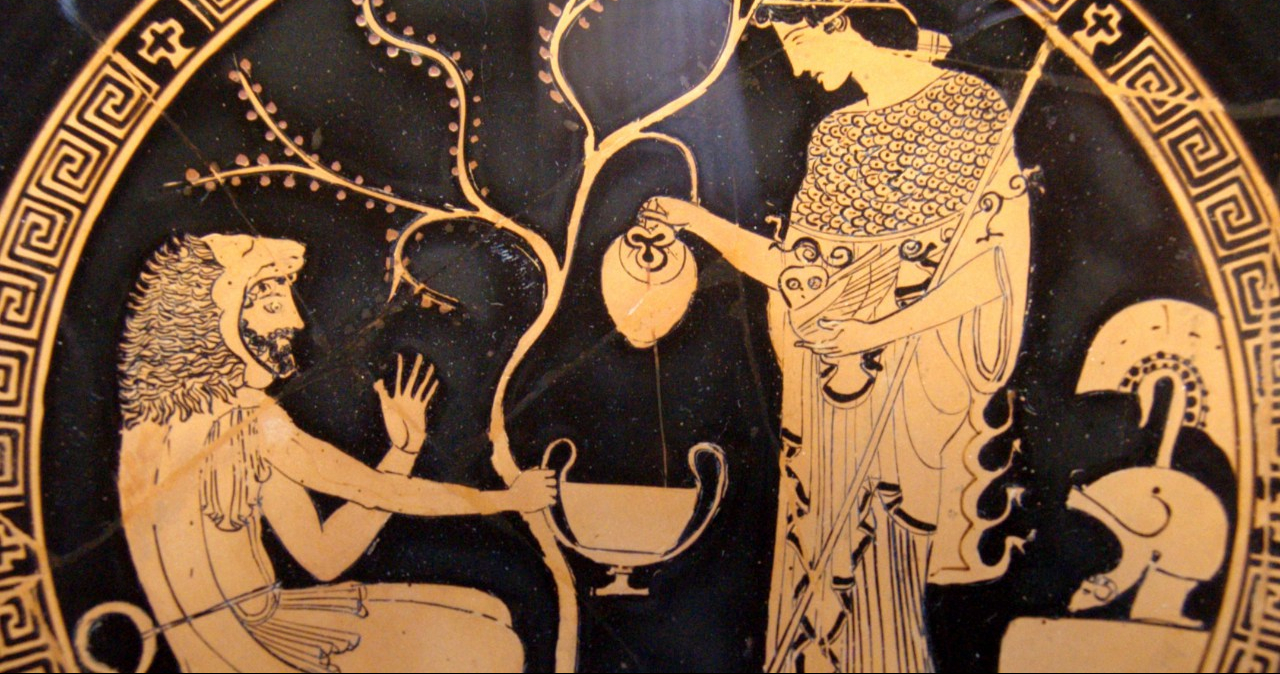IMPERIAL ROOTS OF TODAY’S GLOBAL TRADE: Evidence from 140 empires
by Wessel Vermeulen (Newcastle University), Gunes Gokmen (New Economic School, Moscow), and Pierre-Louis Vézina (King’s College London)

The rise and fall of empires over the last 5,000 years – from the Afsharid Dynasty to the British Empire – still influences world trade patterns today.
Their new data on the rise and fall of 140 empires across the world over the last 5,000 years reveals that present-day trade flows between countries that were once in a common empire are on average 70% larger than that between unrelated countries.
Empires facilitated trade within their controlled territories by building and securing trade and migration routes, and by imposing common languages, religions and legal systems. This led to the accumulation of ‘trading capital’, which outlives empires and shapes today’s trade patterns.
Throughout history, many empires were essentially created to facilitate trade; the Athenian Empire was established to secure food trade between Athens and Crimea.
Imperial formal and informal institutions as well as physical infrastructure might have played a role in the growth of trading capital and thus in shaping today’s trade patterns. For example:
- Local institutions that emerged to support inter-ethnic medieval trade have resulted in a sustained legacy of ethnic tolerance in South Asian port towns.
- Historical Habsburg-Empire regions have higher current trust and lower corruption than neighbouring regions, probably due to the empire’s well-respected administration, and countries of the empire trade significantly more with one another than with other neighbours.
- Long-established commercial diasporas such as the Gujaratis in the British Empire still play an important role in world trade.
A novel dataset on countries’ imperial history going back 5,000 years makes it possible to measure this accumulated trading capital for all countries around the world and over the entire history of civilisations. In turn, it makes it possible to estimate its effect on trade today.
Imports from countries that were once in a common empire are on average 70% larger. The estimation in this study accounts for other important factors such as distance, shared borders, common legal systems, and genetic and linguistic distances. The effect of trading capital is related to but not entirely explained by these factors.
Some empires matter more than others. Trading capital builds up in times of common empire and depreciates slowly at other times. Hence, longer-lasting and recent empires matter most.
Trade is a major driver of economic growth without which isolated countries find it much harder to prosper. These results suggest that trading capital plays a role in reducing the trade costs that inhibit international trade.
While infrastructure such as roads or railways do promote trade, we know that transport costs do not account for most of the trade costs associated with borders and distance. Instead, cultural and informational frictions are the main culprits. Trading capital accumulated during empires could thus play an important role in making trade happen today.

